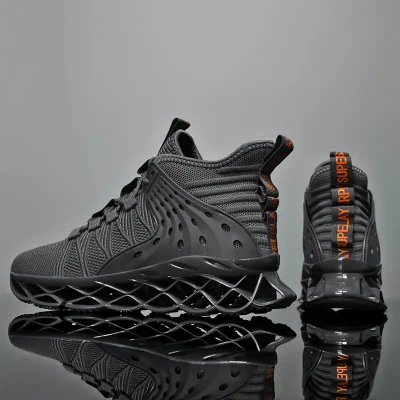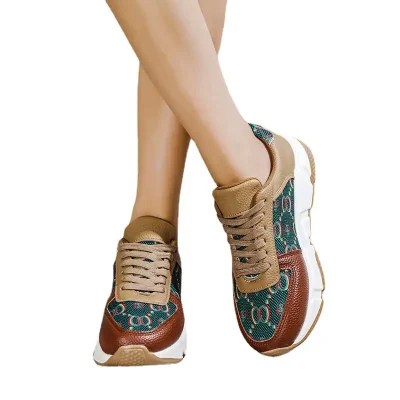Choosing the best materials for canvas shoe soles is crucial for ensuring both comfort and durability. Here’s an overview of the top materials used in canvas shoe soles, highlighting their benefits and why they stand out:
1. Rubber Soles
Natural Rubber
- Benefits:
- Flexibility: Offers excellent flexibility, adapting well to various movements.
- Grip: Provides superior traction, reducing the risk of slipping.
- Durability: Resistant to wear and tear, extending the life of the shoes.
- Applications: Common in casual and athletic canvas shoes, popularized by brands like Converse.
Synthetic Rubber
- Benefits:
- Cost-Effective: More affordable than natural rubber while maintaining durability.
- Versatility: Can be engineered for specific properties like enhanced grip or flexibility.
- Weather Resistance: Better resistance to extreme temperatures and weather conditions.
- Applications: Used in various styles of canvas shoes, often in more affordable models.
2. EVA (Ethylene Vinyl Acetate) Soles
- Benefits:
- Lightweight: Significantly lighter than rubber, reducing overall shoe weight.
- Cushioning: Provides excellent shock absorption and comfort, making it ideal for prolonged wear.
- Flexibility: Offers good flexibility, enhancing the natural movement of the foot.
- Applications: Common in athletic and casual canvas shoes, providing a balance of comfort and durability.
3. PU (Polyurethane) Soles
- Benefits:
- Durability: Highly durable and resistant to abrasion, chemicals, and oil.
- Comfort: Offers good cushioning and support, making it comfortable for daily wear.
- Lightweight: Lighter than traditional rubber, contributing to overall comfort.
- Applications: Used in various types of footwear, including fashion and casual canvas shoes.
4. TPU (Thermoplastic Polyurethane) Soles
- Benefits:
- Durability: Extremely durable and resistant to wear and tear.
- Flexibility: Provides good flexibility and maintains its shape well.
- Comfort: Offers good cushioning and support, ideal for active use.
- Applications: Often used in high-performance and sports-oriented canvas shoes.
5. Recycled and Eco-Friendly Materials
Recycled Rubber
- Benefits:
- Sustainability: Reduces environmental impact by reusing existing materials.
- Durability: Maintains the durability and grip properties of virgin rubber.
- Cost-Effective: Often cheaper to produce, contributing to lower shoe costs.
- Applications: Increasingly popular in eco-friendly canvas shoe lines.
Plant-Based and Biodegradable Materials
- Benefits:
- Eco-Friendly: Minimizes environmental footprint and promotes sustainability.
- Comfort and Flexibility: Many plant-based materials offer good comfort and flexibility.
- Applications: Used in niche and sustainable brands focused on environmentally conscious consumers.
Comparison and Selection
For Comfort:
- EVA Soles: Best for lightweight and cushioned comfort.
- PU Soles: Offers good cushioning with added durability.
For Durability:
- Synthetic Rubber Soles: Excellent for long-lasting wear and weather resistance.
- TPU Soles: Ideal for high-performance and extended durability.
For Eco-Friendliness:
- Recycled Rubber Soles: Provides a sustainable option with durability.
- Plant-Based Materials: Ideal for consumers prioritizing environmental sustainability.
Conclusion
Choosing the best material for canvas shoe soles depends on your priorities, whether it’s comfort, durability, or eco-friendliness. Rubber and synthetic rubbers offer excellent grip and durability, EVA provides superior cushioning and lightweight properties, while PU and TPU balance comfort and durability. For those interested in sustainability, recycled rubber and plant-based materials present environmentally friendly alternatives. By understanding these materials’ properties, you can make an informed decision that best suits your needs and lifestyle.


















